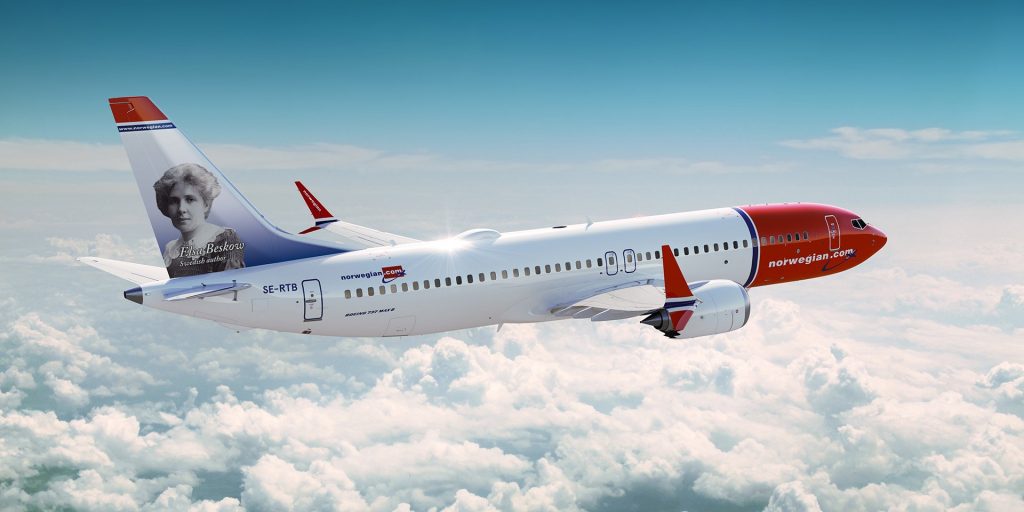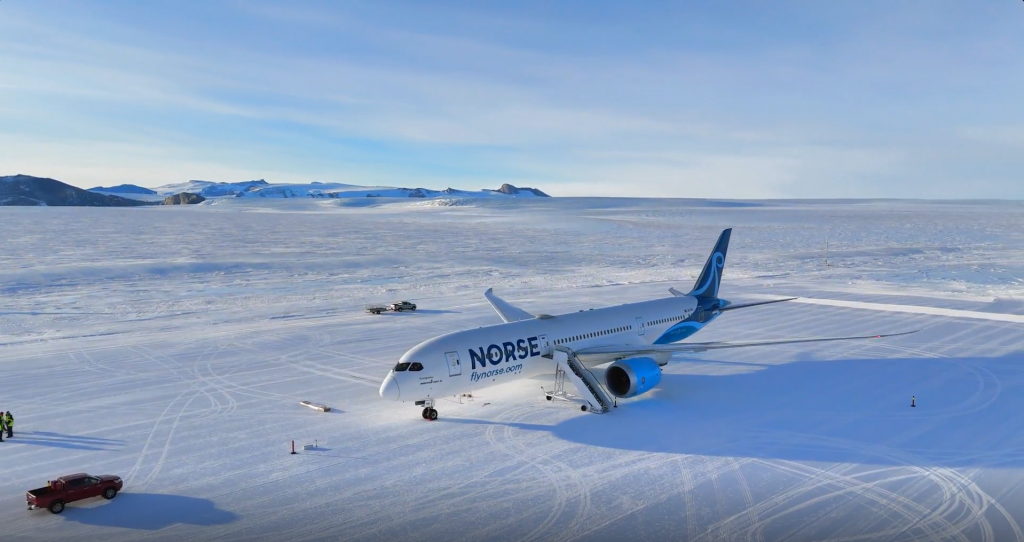
If you’ve ever dreamed of taking to the skies, becoming a pilot can be one of the most exciting and rewarding journeys of your life. But as you start researching flight training, one of the first questions you’ll encounter is: Should I become a private pilot or a commercial pilot?
At first glance, the difference might seem simple one flies for fun, and the other flies for work but the truth is, the distinction between a Private Pilot License (PPL) and a Commercial Pilot License (CPL) goes far deeper. Understanding the differences in purpose, training, costs, and career opportunities can help you make the right decision for your aviation goals.
The Private Pilot License (PPL) is all about freedom. It allows you to fly for personal or recreational purposes. Imagine being able to rent a small aircraft on the weekend, take your family for a scenic flight, or fly to a nearby city for lunch. A PPL gives you that opportunity. However, there’s one key limitation: you cannot earn money from flying with a private license. It’s the ideal path for hobbyists, weekend flyers, and those who want the flexibility of flight without the pressure of a professional career.
In contrast, the Commercial Pilot License (CPL) is the gateway to professional aviation. A CPL allows you to get paid to fly, which opens the door to careers such as airline pilot, charter pilot, cargo operator, corporate pilot, or flight instructor. If your ultimate goal is to join the flight deck of a commercial airline or make aviation your livelihood, a commercial license is essential.
One of the biggest differences between private and commercial pilot training is the amount of flight experience required.
In other words, a PPL is a first step, while a CPL is a full career pathway.
Because a PPL requires fewer flight hours, it’s naturally less expensive. You can typically complete private pilot training in a few months, making it the faster and more affordable entry into aviation.
A CPL requires significantly more flight time, which makes it more costly and time-intensive. However, the investment comes with a clear return: earning the ability to fly professionally and start your aviation career.
Many pilots begin with a PPL to confirm their passion for flying and then continue toward a CPL once they decide to turn that passion into a profession.


Here’s where the difference between private and commercial pilots really shows.
If your dream is to sit in the cockpit of an airline jet, the commercial route is the way to go.
The decision comes down to your aviation goals. If you’re looking for freedom, adventure, and the joy of flight, a Private Pilot License might be the perfect fit. It’s faster to complete, more affordable, and gives you access to the skies for personal enjoyment.
If, however, your goal is to make aviation your career flying passengers, cargo, or corporate clients then you’ll need to invest in a Commercial Pilot License. The training is longer and more demanding, but it opens the door to a world of professional opportunities.
Many aspiring pilots start with a PPL to get a feel for aviation, then transition to a CPL as they gain experience and confidence in the cockpit.

If you’re ready to take your first step toward the skies, our Airline Ready® program is designed to take you from zero experience to a commercial pilot career. You’ll gain the flight hours, certifications, and hands-on experience needed to launch your future as a professional pilot.
Your dream of flying is closer than you think. Start your journey today at OSM Aviation Academy